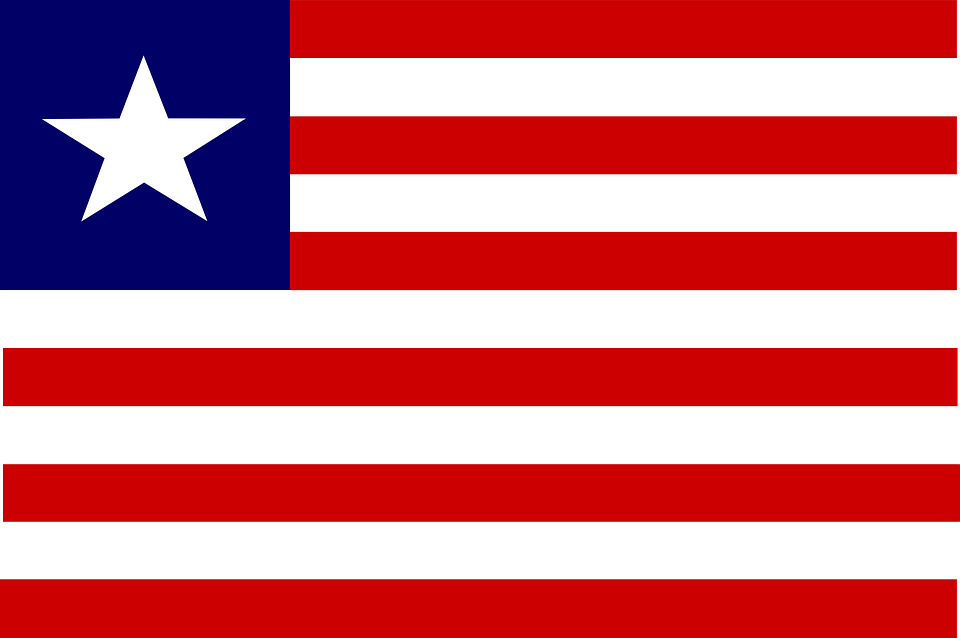LIBERIA
Area: 111,369 sq km Population: 4.319.496 (2014) Border countries: Guinea 590 km, Ivory Coast 778 km, Sierra Leone 299 km Counties of Liberia (15)/ Bomi, Bong, Gbarpolu, grand Bassa, Grand Cape Mount, Grand Gedeh, Grand Kru, Lofa, Margibi, Maryland, Montserrado, Nimba, River Cess, River Gee, Sinoe Ethnical groups: Kpelle 20.3%, Bassa 13.4%, Grebo 10%, Gio 8%, Mano 7.9%, Kru 6%, Loma 5.1%, Kissi 4.8%, Gola 4.4%, others 20.1% , Americano-Liberiens 3% (2008 Census) Capital: Monrovia Important cities: Gbarnga, Kakata, Bensonville, Harper, Voinjama, Buchanan, Zwedru, New Yekepa, Greenville Political system: presidential republic Liberian with the executive headed by the President of the country. The bicameral legislature is composed of 64 representatives and 30 senators. The Legislative Assembly is elected for 6 years and the Senate for nine years. Main political parties: Unity Party, Congress for Democratic Change, Movement for Progressive Change, Liberty Party, National Patriotic Party etc. Official language: English Local languages (belongs to the West African language groups): -         Mel (Gola, Kissi), -         Mandé (Vai, Mende, Gbandi, Kpelle, Loma, Mano, Gio, Mandingo), -         Kwa (Dei, Bella, Bassa, Kru, Krahn, Grebo) National holidays: – Independence Day – July 26, the day of the signing of the Declaration of Independence of Liberia, – Flag Day – August 24, to celebrate the Liberian flag, – National Unification Day – May 14, feast established to celebrate the national unity policies initiated by TUBMAN, continued by TOLBERT and underline the commitment to a single political body and integrator, – Constitution Day and Decoration Day (commemorating the dead) on the second Wednesday of March ; April 8, National Fast & Prayer Day, – February 11, Celebration of the Liberian Armed Forces (Armed Forces of Liberia) ; February 15 – Anniversary of J.J. ROBERTS ; March 11 – Day of decorations ; January 1 – New Year’s Day, Thanksgiving Day – First Thursday of November ; 29 November – Anniversary of President Tubman and 25 December – Christmas. Religions: Christian 85%, Muslim 12.5% and the rest practice animism Density: 33 people per km² Rivers: Mano, Lofa, St. Paul, St. John Rivers, Cestos and Cavalla Ports: Monrovia, Buchanan, Greenville, Harper International airport: Roberts International Airport (also known as the Robertsfield), located 60 km southeast of Monrovia, Domestic airport / Regional: Spriggs Payne Airport, close to the center of Monrovia Natural resources: timber, latex, coffee, cocoa, diamonds, iron Agriculture: rubber, coffee, cocoa, rice, cassava (manioc, tapioca), palm oil, sugarcane, bananas Industries: mining (iron ore), rubber processing, palm oil processing, timber, diamonds Exports: rubber, timber, iron, diamonds, cocoa, coffee Common currency: Liberian dollar, US dollar Liberian hymn: All Hail Liberia, Hail! (Glory to you, Liberia, glory to you) Country motto: « The love of liberty brought us here » Membership organizations: United Nations, International Monetary Fund, World Bank, World Trade Organization  © Liana Maria URSA, « Libéria. La difficile construction nationale », Editions L’Harmattan, Paris, France, mai 2016 |

